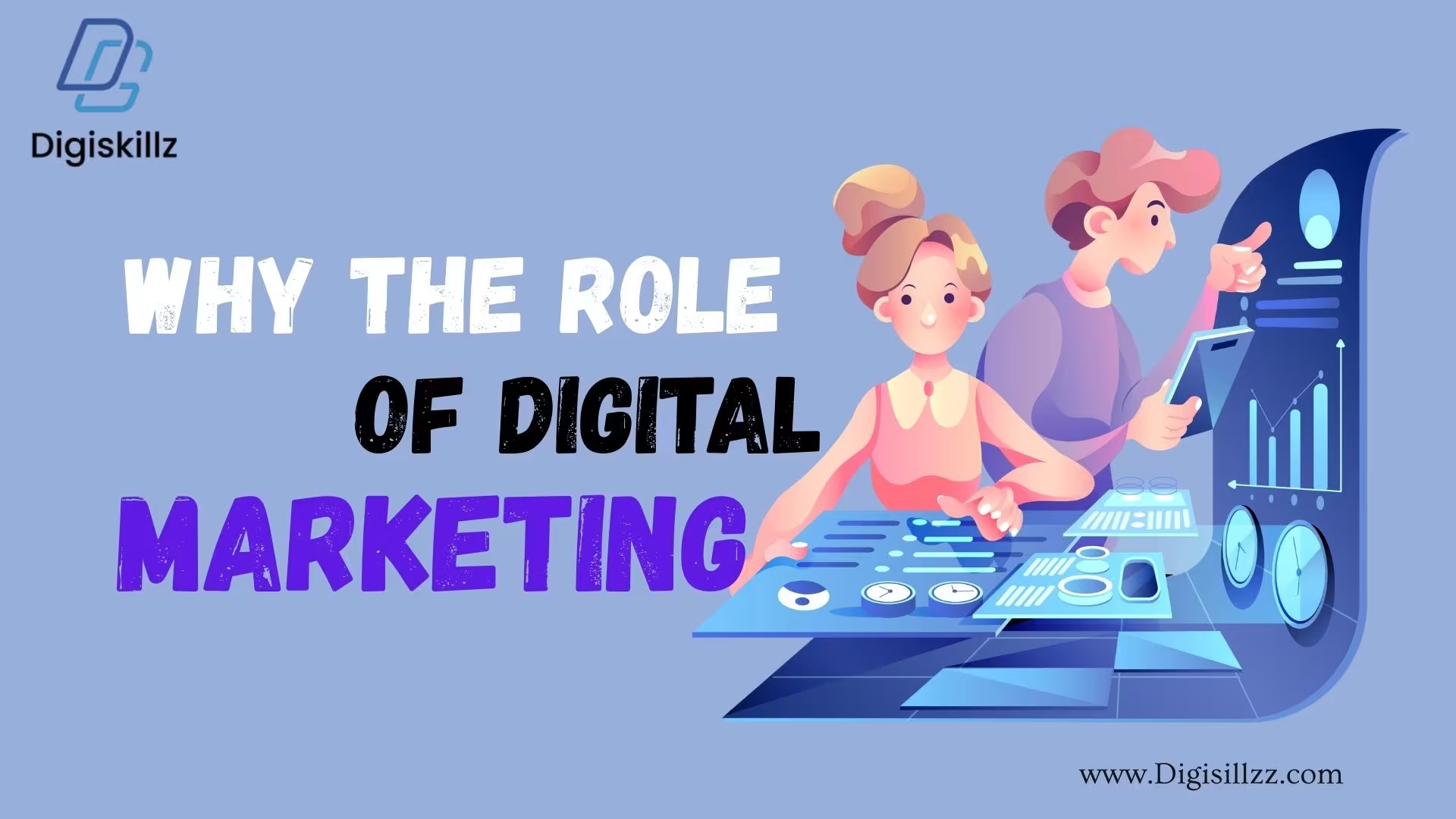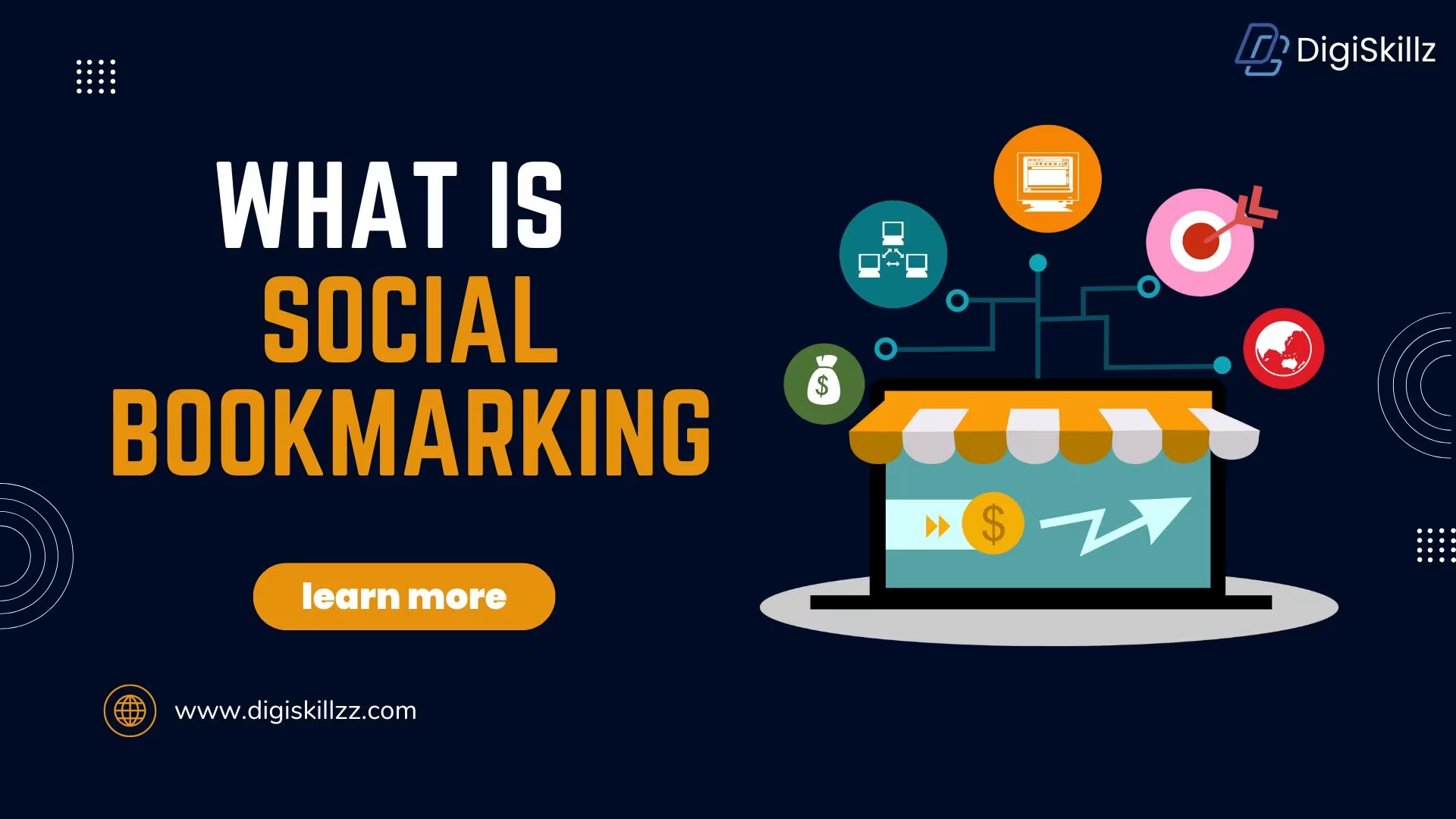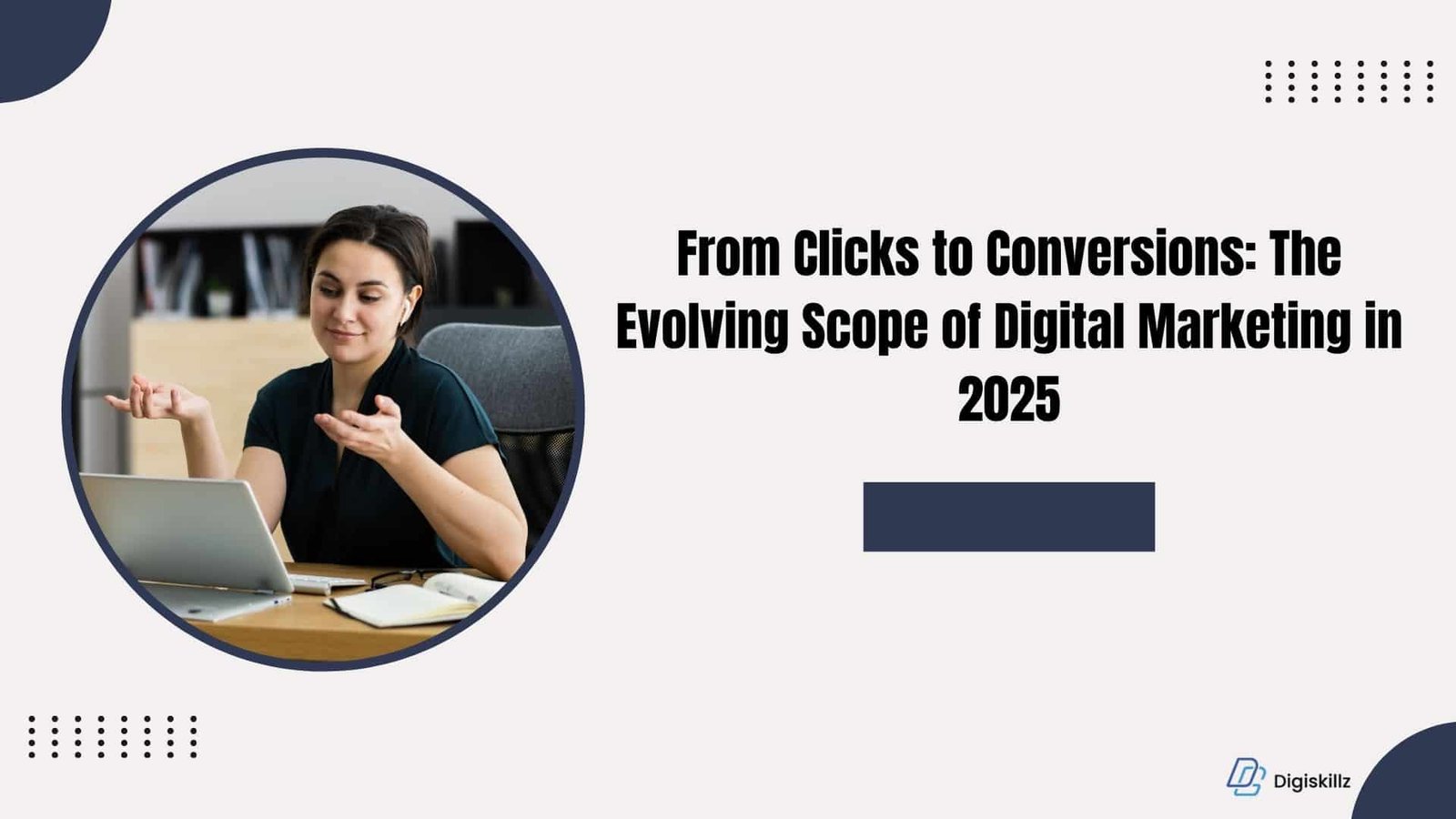In today’s digital-first world, online branding plays a crucial role in shaping a business’s reputation, credibility, and success. A well-defined brand can set you apart from competitors, foster customer loyalty, and drive business growth. However, many businesses make critical mistakes that can hinder their branding efforts. These mistakes can dilute your brand identity, confuse your audience, and even lead to lost revenue.
To help you establish a strong and effective brand presence, let’s explore the top seven online branding mistakes and how to avoid them.
Table of Contents
1. Inconsistent Brand Identity

The Mistake:
One of the most common online branding mistakes is inconsistency in brand identity. This includes using different logos, colour schemes, typography, and messaging across various platforms such as websites, social media, and email marketing.
When your brand lacks consistency, it confuses your audience, weakens brand recognition, and reduces trust. If a customer sees different versions of your brand on Instagram and your website, they may question your credibility.
How to Avoid It:
- Develop Brand Guidelines: Create a detailed brand style guide that outlines logo usage, colors, typography, voice, and messaging.
- Maintain Uniformity Across Platforms: Ensure that your website, social media profiles, emails, and advertisements align with your brand guidelines.
- Use Templates: Design templates for social media posts, presentations, and email campaigns to maintain a consistent look and feel.
- Train Your Team: If you have a team, educate them on brand consistency to avoid deviations in communication and design.
2. Ignoring Target Audience Insights
The Mistake:
Many businesses focus on what they think their audience wants rather than conducting research to understand their needs, pain points, and preferences. A one-size-fits-all branding approach often leads to ineffective engagement and lower conversions.
How to Avoid It:
- Define Your Target Audience: Use demographics, psychographics, and customer personas to create a clear profile of your ideal customers.
- Conduct Market Research: Use surveys, social media polls, and analytics tools to gather data on customer behavior and preferences.
- Personalize Your Messaging: Tailor content, advertisements, and brand communication to resonate with your target audience’s interests and pain points.
- Monitor Audience Feedback: Pay attention to customer reviews, comments, and direct messages to understand their concerns and adjust your branding strategy accordingly.
3. Neglecting a Strong Online Presence
The Mistake:
Even if you have a compelling brand, failing to maintain a strong online branding presence can significantly hinder your branding efforts. Some businesses create a website and social media accounts but fail to update them regularly, leading to a stagnant and outdated brand image.
How to Avoid It:
- Optimize Your Website: Ensure your website is mobile-friendly, fast-loading, and user-friendly with updated content.
- Be Active on Social Media: Post regularly, engage with followers, and leverage trending topics to stay relevant.
- Leverage SEO: Optimize your website and content with relevant keywords, including online branding, to improve search rankings.
- Utilize Multiple Channels: Besides social media, explore email marketing, podcasts, webinars, and online communities to expand your reach.
- Monitor Analytics: Use tools like Google Analytics and social media insights to track performance and adjust strategies accordingly.
4. Lack of Brand Storytelling

The Mistake:
A brand without a compelling story is forgettable. Many businesses focus solely on promotions and sales, failing to create an emotional connection with their audience.
How to Avoid It:
- Develop a Brand Narrative: Share your brand’s journey, mission, and values in an authentic and engaging way.
- Use Visual Storytelling: Incorporate videos, infographics, and behind-the-scenes content to make your brand story more engaging.
- Highlight Customer Experiences: Share testimonials and user-generated content to showcase real-life impact.
- Be Transparent: Authenticity builds trust, so be open about your brand’s challenges, milestones, and achievements.
5. Overlooking Brand Reputation Management
The Mistake:
Ignoring customer reviews, negative feedback, and online discussions about your brand can damage your reputation. Many businesses fail to address criticism or respond unprofessionally, leading to further reputational harm.
How to Avoid It:
- Monitor Online Mentions: Use tools like Google Alerts, Brandwatch, or Hootsuite to track brand mentions.
- Respond Promptly and Professionally: Address both positive and negative feedback with a polite and helpful approach.
- Encourage Positive Reviews: Request satisfied customers to leave reviews on platforms like Google, Trustpilot, or Yelp.
- Handle Crises Effectively: Have a crisis management plan in place to respond swiftly to any reputational issues.
- Engage with Your Community: Build relationships with customers by responding to comments, answering questions, and showing appreciation.
6. Failing to Differentiate from Competitors
The Mistake:
Many businesses struggle to stand out in their industry because their branding is too generic or closely resembles competitors. This makes it difficult for customers to remember and choose your brand over others., but with a strong online branding this crisis will overcome.
How to Avoid It:
- Highlight Your Unique Value Proposition (UVP): Clearly define what makes your brand different and better.
- Create a Distinct Brand Voice: Develop a unique tone, language, and messaging style that aligns with your brand personality.
- Innovate Your Offerings: Provide unique products, services, or experiences that set you apart.
- Emphasize Storytelling: Use brand storytelling to create a deeper connection with your audience.
- Monitor Competitors: Analyze competitors’ strategies and identify gaps where you can differentiate.
7. Inadequate Investment in Branding Strategies

The Mistake:
Some businesses treat online branding as an afterthought rather than a core business strategy. This leads to weak brand positioning and limited long-term growth.
How to Avoid It:
- Allocate a Branding Budget: Invest in branding elements such as professional logo design, website development, and marketing
- materials.
- Hire Branding Experts: Work with professionals such as designers, marketers, and content creators to develop a strong brand.
- Continuously Evolve Your Brand: Stay updated with trends, customer expectations, and market changes to keep your brand relevant.
- Educate Your Team: Ensure that everyone in your business understands the importance of online branding and applies it consistently.
Conclusion
Avoiding these online branding mistakes can make a significant difference in how your audience perceives your business. By maintaining a consistent brand identity, understanding your target audience, building a strong online presence, embracing brand storytelling, managing your reputation effectively, differentiating from competitors, and investing in branding strategies, you can create a powerful and lasting brand image.
Your brand is more than just a logo—it’s the experience and perception that customers associate with your business. Take proactive steps today to refine your online branding strategy and stand out in the digital landscape.











Leave A Comment